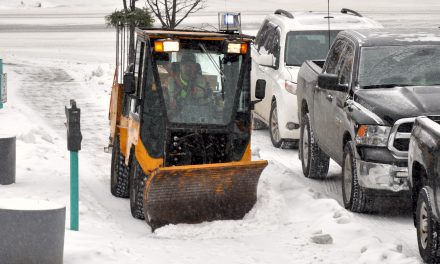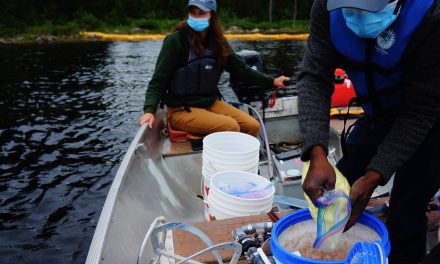Editorial by Marlene Wandel, Photo by Dylan Darbyson
The city budget is in the news every day, and it’s not a question of if services will be cut, but which ones. To budget for something generally means to plan for the future, to ensure it can happen. Talk of the budget currently is mostly the opposite.
The City of Thunder Bay needs to find $700,000 in cuts to staffing. It employs around 1,300 people on a full-time basis, and details are light, but those savings appear to have already been found. The official line is that the rising need for emergency services is what is pinching the budget, and that an additional $1.5 million worth of savings should also be found in service cuts in other areas. Strangely, infrastructure spending like a new cruise ship dock, entirely inaccessible to the residents of Thunder Bay, never comes up. A glance at the proposed 2023 budget shows expenditure on community services was slated to decrease by 6.5% over last year (while the mayor, council and city manager’s office was projected to increase 2.9% over the same year. Perhaps a coincidence).
City administration was tasked with delineating what to cut and has delivered a list; some of these have come and gone without too much fanfare. Vale Community Centre and Jumbo Gardens have been voted off the island, along with city-funded firework displays, future movie nights, and maintenance at a number of parkettes. It may well be that these particular expenses were considered of little value to the community; aside from quoting maximum use at Vale Community Centre (12.5 hours/week at peak use), not much has been offered in terms of rationale. It was noted that the two bus routes slated for elimination were among those with lowest ridership per hour, but what was perhaps overlooked (but not for long) is that the #6 route is the only bus that goes to Fort William First Nation. It’s possible the ridership info does not consider geography—surely one of the many managers, supervisors, directors, superintendents, and co-ordinators working for the city could have looked at a map, or picked up a telephone, before suggesting isolating FWFN from public transit.
The list goes on; something else has to give, and it’s starting to look like all the extra money has to come from the services that provide free, accessible outdoor recreation. As if reduction of playground programs sites and reduced hours at the two remaining outdoor pools were not enough, winter recreation faces the cold blade of the guillotine as well. The community backlash about the proposed elimination of 31 outdoor rinks and closure of the Neebing Memorial Arena could be called feedback in no uncertain terms. The next step is consultation. Shoot first and ask questions later.
Surely the social cost of continually reducing access to services for the most vulnerable, whether by age, distance, or income, is also too much of a cost to bear. The most cynical among us might see these proposed cuts as a further attempt to marginalize the most vulnerable. Those more generous of spirit might just see it as an oversight, an inability for those enjoying the privilege of income and security to understand who all the city services are for. Financial resources are finite, and the ultimate goal is to minimize the pain of increased taxes. Many of us have a household budget and understand the need to set priorities. Whether it’s a family or a city or a kid with some pocket money, setting a budget is about planning, accommodating the essentials, and evaluating what we as a community can’t afford to lose.














